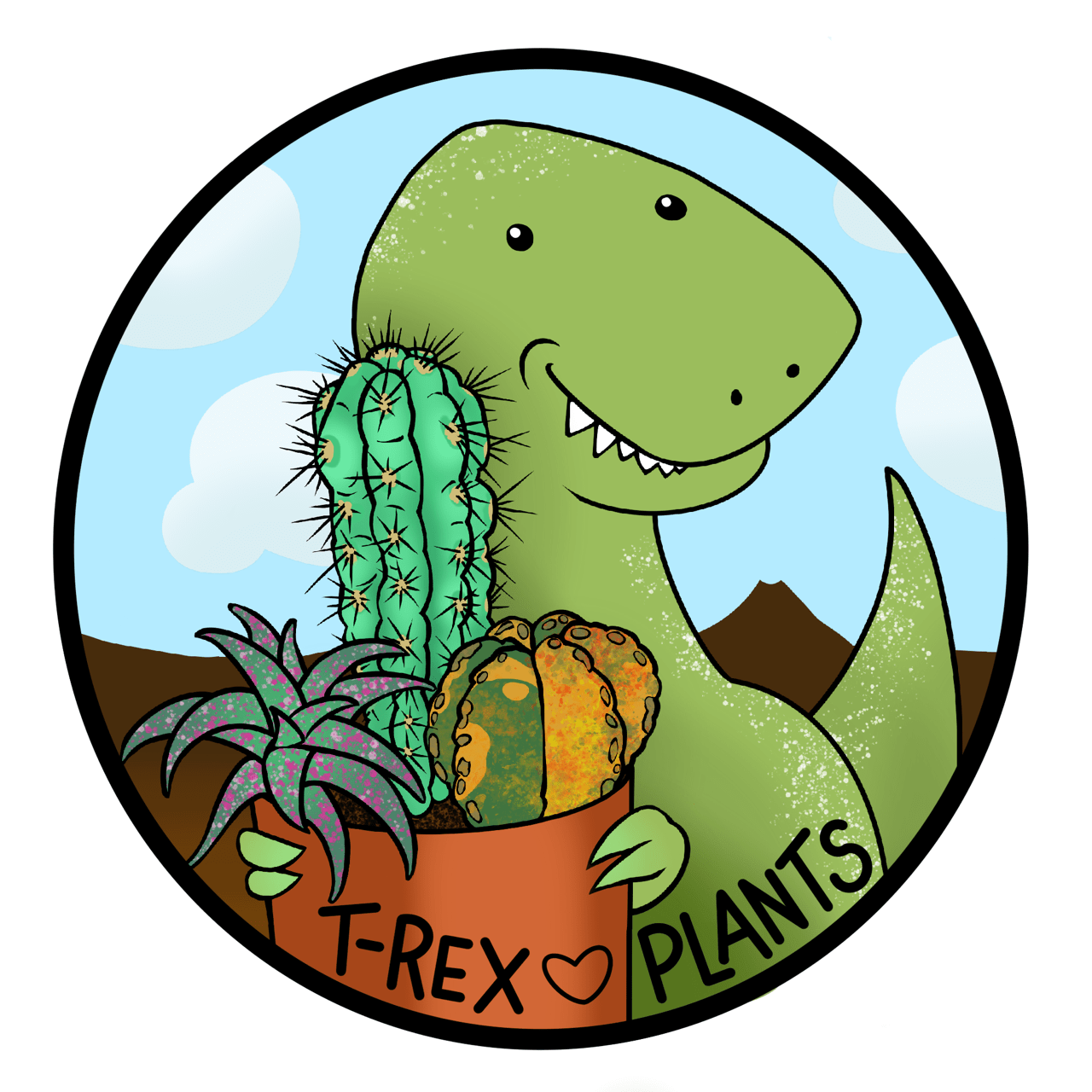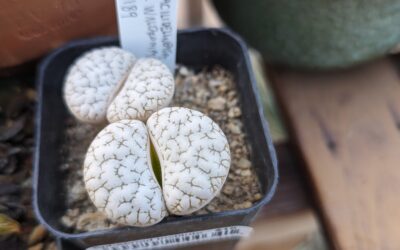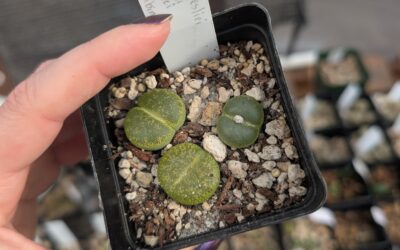Succulent species and hybrids are wildly popular, and there are nearly infinite hybrids and crosses as well as cultivars available on the market for any collector to find. For those new to the hobby, or even those who have been around a while but are just exploring the new trends in online shopping, it can be super confusing to see the wildly varying price points for many types. Why is it $5 for a US grown Echeveria “Tippy”, for example, while one from Korea might be $20 or more? Why are there so many succulents labeled as “Korean imports”, with nearly all of them being significantly more than any succulent you see at the store?
What gives?
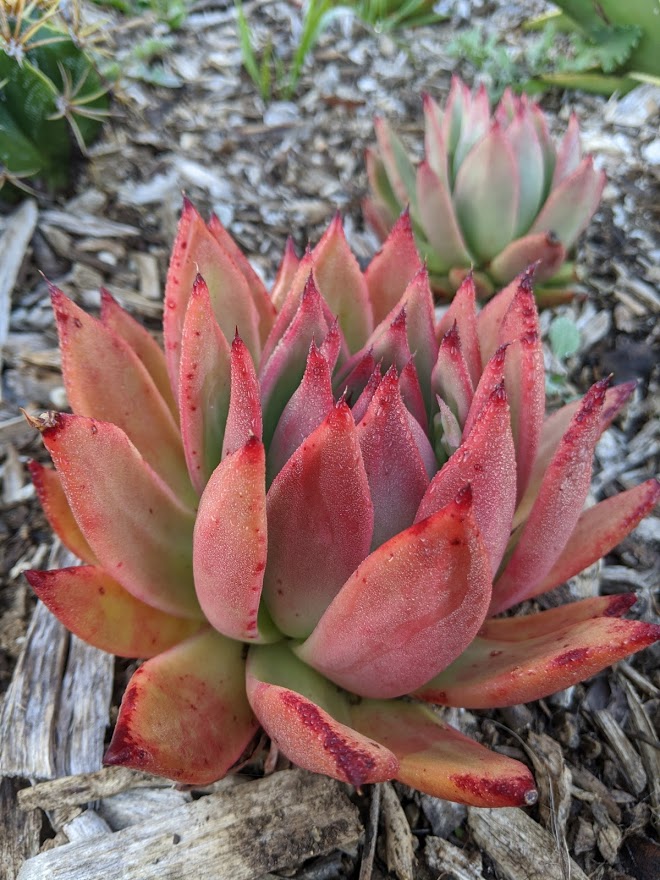
A domestically grown Echeveria “Frank Reneilt” showing off some gorgeous winter blushing
Imported Succulents vs Domestic (typically US grown)
I’ll start this off with a disclaimer: I collect plants I like, which sometimes includes imported plants, and sometimes includes domestic plants. I am not super immersed in the importation side of succulent collecting, nor am I deeply familiar with any given US wholesale grower short of the one that’s about 20 minutes away. These are all very broad stroke generalizations.
That being said: what’s the deal with imported succulents?
Many growers, either here in the US or abroad, find a ton of enjoyment in their succulents by growing and maintaining absolutely perfect looking plants. They end up liking a specific genus, a type of growth pattern, or are chasing the plant with the perfectest, chubbiest, roundest, flattest, variegatedest, or whatever-est leaves. These growers commonly end up with setups that are varying levels of elaborate, from shelves by a specific window to full blown closet grow shelves with shop lights and all. This level of obsession over growing conditions, appearance, and plant shape tends to coincide with how many growers in asia focus on their plants. Succulents imported from Korean growers are usually up there on the price, quality, and obsession level.
Part of what makes South Korea an ideal place for growing succulents is their dry, cold winters – ideal for creating the conditions for highly stressed and colorful plants that catch the eye of collectors.
Thailand, China, the Phillipines, Japan – all are countries that also grow and export plenty of succulents. The further south and more tropical you get, the more often you see the growers raising up larger specimens. Chinese growers in particular can be found on eBay selling a wide range of cacti and succulents, although these aren’t always as treasured as the compactly grown and smaller examples from Korean growers.
By comparison, growers in the US or in climates more similar to where these plants occur naturally tend to see less of the compact, stressed growth that is so desirable for imported succulents. Here in San Diego, for example, we get tons of light and heat nearly year round, with relatively short winters that are also usually when we get our rain. While we can mimic the type of indoor grow setup that results in the perfect, dollhouse-like appearance of some succulent collections, it often feels a bit silly when there’s plenty of perfectly good sunlight outdoors.
Most US growers have their succulents in large outdoor greenhouses, and particularly out in the desert, there is a long growing period. This also holds true for tropical growers who have dry houses; their longer and warmer days mean a longer growing season.
It’s possible to “hard grow” plants to mimic the appearance of imports, but with so many people here willing to plant them outdoors, or just pickup succulents as low cost landscape plants, most growers focus on producing as many plants of a sellable size as quickly as possible.
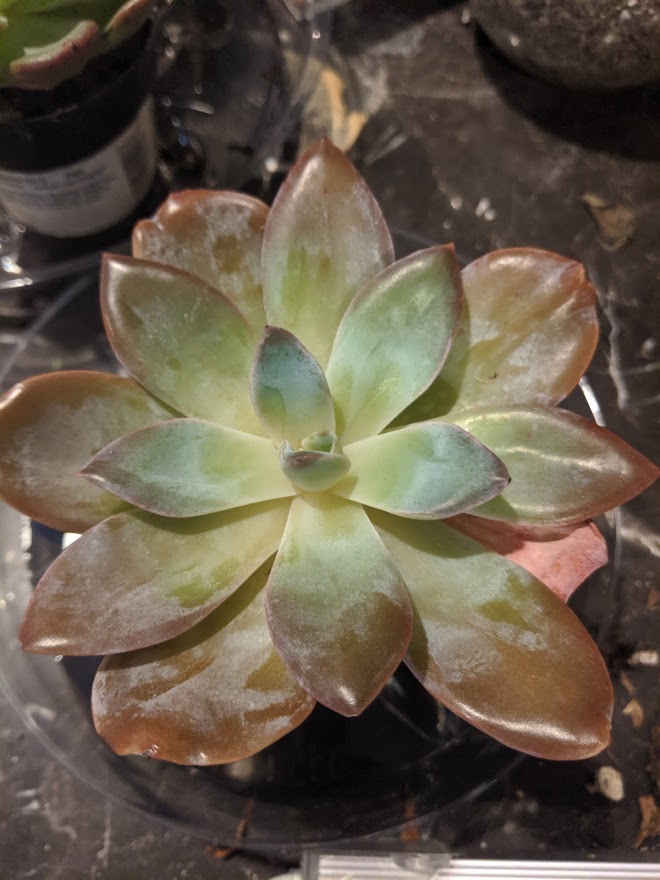
My Echeveria “Bambino” immediately after unboxing – it had traveled from Korea, to Hawaii, to me, and was showing it!
When should you select an imported succulent vs. a domestically grown one?
This is a weird question, and honestly, the answer is personal. What do you like? Get that.
That being said, if you’re new to the hobby and not sure if it’s worth it to get that pricey imported succulent as opposed to one that sure sounds really similar that you can find nearby…me, I’d tell you to get the local one. If you’re still new enough to the hobby that you’re not sure what the differences are between the two, then hone your skills on the lower cost domestically grown plant before you start splurging on imports.
Imported succulents make sense when:
- You want a very specific cultivar grown in a very specific way (i.e. the small, compactly grown hybrids with highly stressed colors)
- You’re comfortable establishing a plant with no roots
- You’re comfortable with and can recuperate a plant suffering from shipping stress – often, the imported plants have no roots, and have been in a box for weeks to get to the US from their origin, and then end up in a box again for several days before you get it. When kept bare root and not set up to get established, the plants often stretch, go pale, or look less than ideal. You’ll need to be ready to baby them back to gorgeousness!
- You can’t find the plant locally or even from someone in your country
Things to be wary of when buying imported succulents:
- Is it truly a new or specific cultivar, or is it just a new name for a plant that’s already out there (or a cultivar that’s not recognized, so the name may change further)?
- Check reviews and how long the seller has been around. Are people posting photos of what they receive? Are the plants in a condition you’re comfortable with? Has the seller been around more than a few months, and are their reviews legitimate looking? Some sellers will pop up, sell a bunch of plants, then disappear after you’ve received plants that aren’t as described, leaving you with no recourse.
- They won’t all make it. It’s just a fact of life when you import plants, and the nature of growing plants. Practice establishing some lower cost plants before you splurge on that variegated crown jewel.
- Pests – the seller should be importing with a Phytosanitary certificate, but there’s no guarantee that once the plants get to the US (re)seller, they won’t have pests of their own to add on. Inspect new plants closely and quarantine whenever possible.
Domestically grown succulents make sense when:
- You like to shop local
- You want things to be easy
- You like a given variety of plant, but are less concerned about getting The Exact Plant Pictured
- You want to plant them outside or in arrangements where they won’t necessarily be babied 24/7
- You don’t want to deal with establishing roots or want minimal fuss with acclimating your new succulents
Things to be wary of when buying domestically grown succulents:
- Pests – check your plants over carefully and quarantine when possible. Mealybugs are probably gonna happen no matter what you do.
- Mislabeling. Unless you’re at the actual grower’s nursery, you’ll probably come across something that’s mislabelled. Big box stores often have mismatched cultivar names, or they won’t even include a name at all.
- “Just one more”-itis. It’s so easy to just get one…or two…or ten more… is it really all THAT bad…
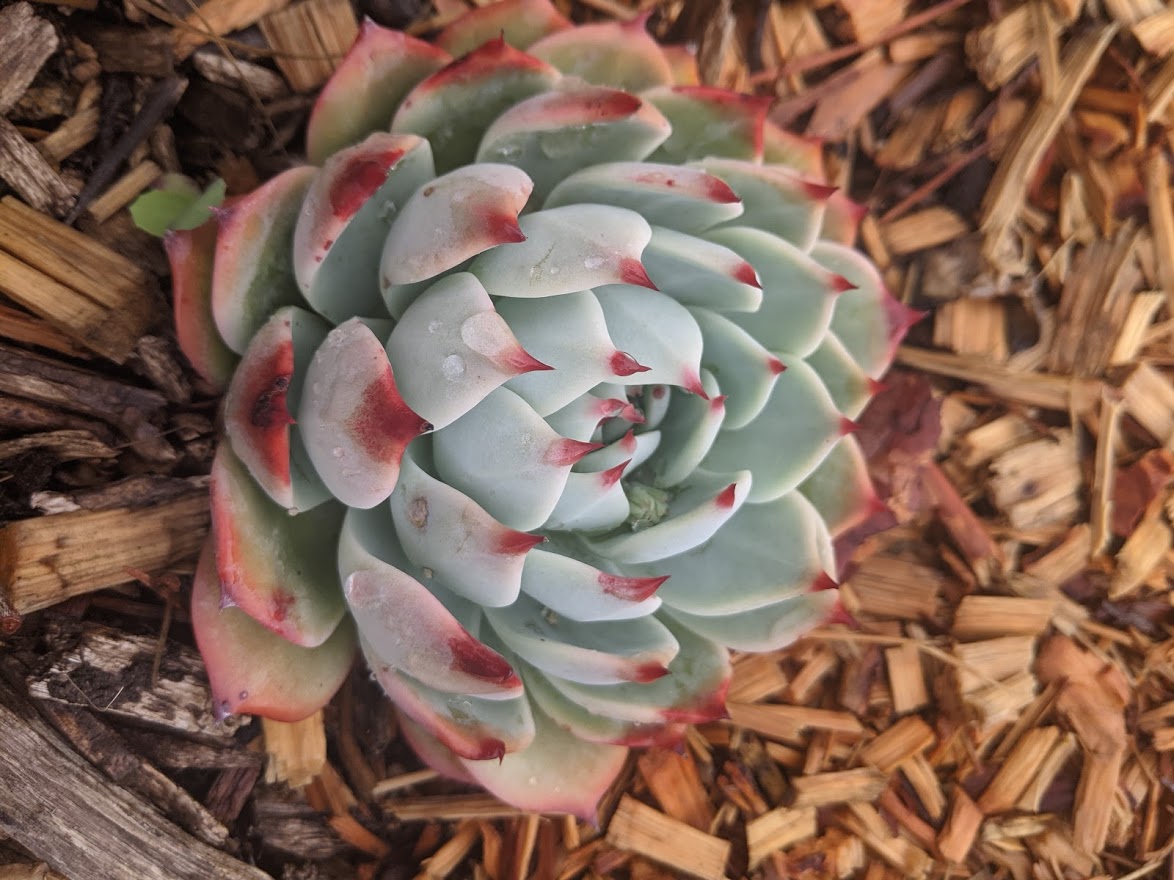
This is one of my Echeveria “Tippy” – I have several. Compare this one (purchased from Home Depot, so a domestically grown hybrid) to the one below, which I ordered as an import.

Which one of the Echeverias would you prefer? The import, or the domestic?
Would they look the same if I had both in-ground, exposed to the same conditions? Not sure. Tempted to try with the pup that import has made that’s sticking out the side, though!
I feel that the tippys illustrate an important final point when it comes to deciding on an imported plant vs a domestically grown one: growing conditions.
Each plant is going to look and grow in a unique way, and even plants of the same cultivar will express their colors and growth habits in different ways. When you keep multiples of the same cultivar or hybrid, you start to see this more and more. My Echeveria “Frank Reneilt” succulents both look different, with each getting a different level of blushing. Even my numerous Echeveria agavoides “Lipstick” plants, which are all pups from the same mother plant, have different expressions of pattern on their leaf edges.
My Echeveria “Tippy” plants all show varying degrees of stress colors, and the whitest one above happens to be the best looking of the group, even more so (in my opinion) than the imported plant. Why? Roll of the genetic and phenotypic dice, combined with where I have them planted, how much they’re watered, and how cold it gets. Even in the same bed (a roughly 20′ x 14′ area), the slight slope, shade from the trees, and proximity to the asphalt of the driveway all combine for the growing conditions for each plant.
I’ll be posting care diaries of the various Echeverias over the next couple weeks, so keep checking back to see the growth differences and comparisons!
I hope you found this brief discussion helpful. You can follow me on Instagram at @trexplants to see more of my plants day to day!
